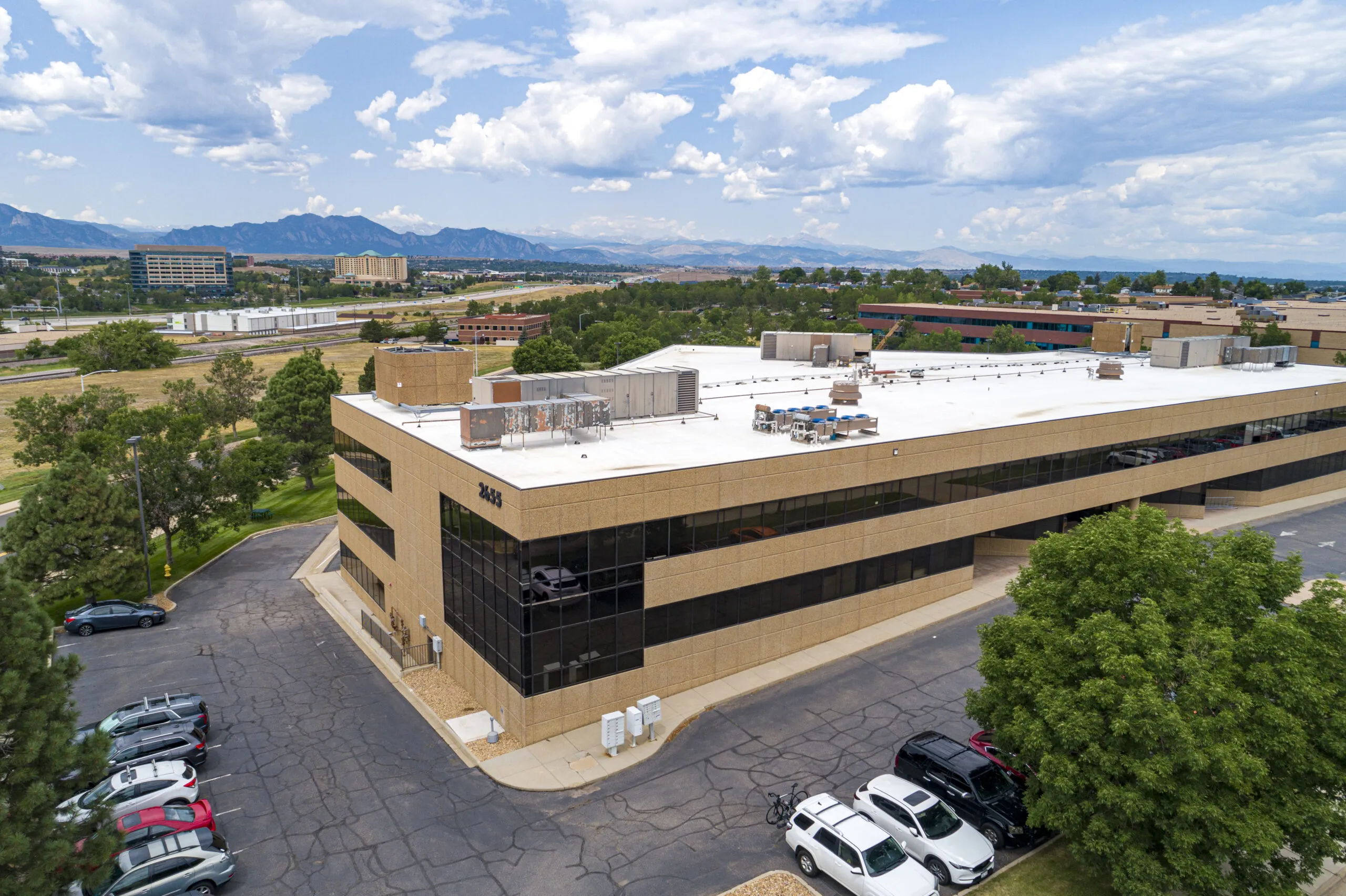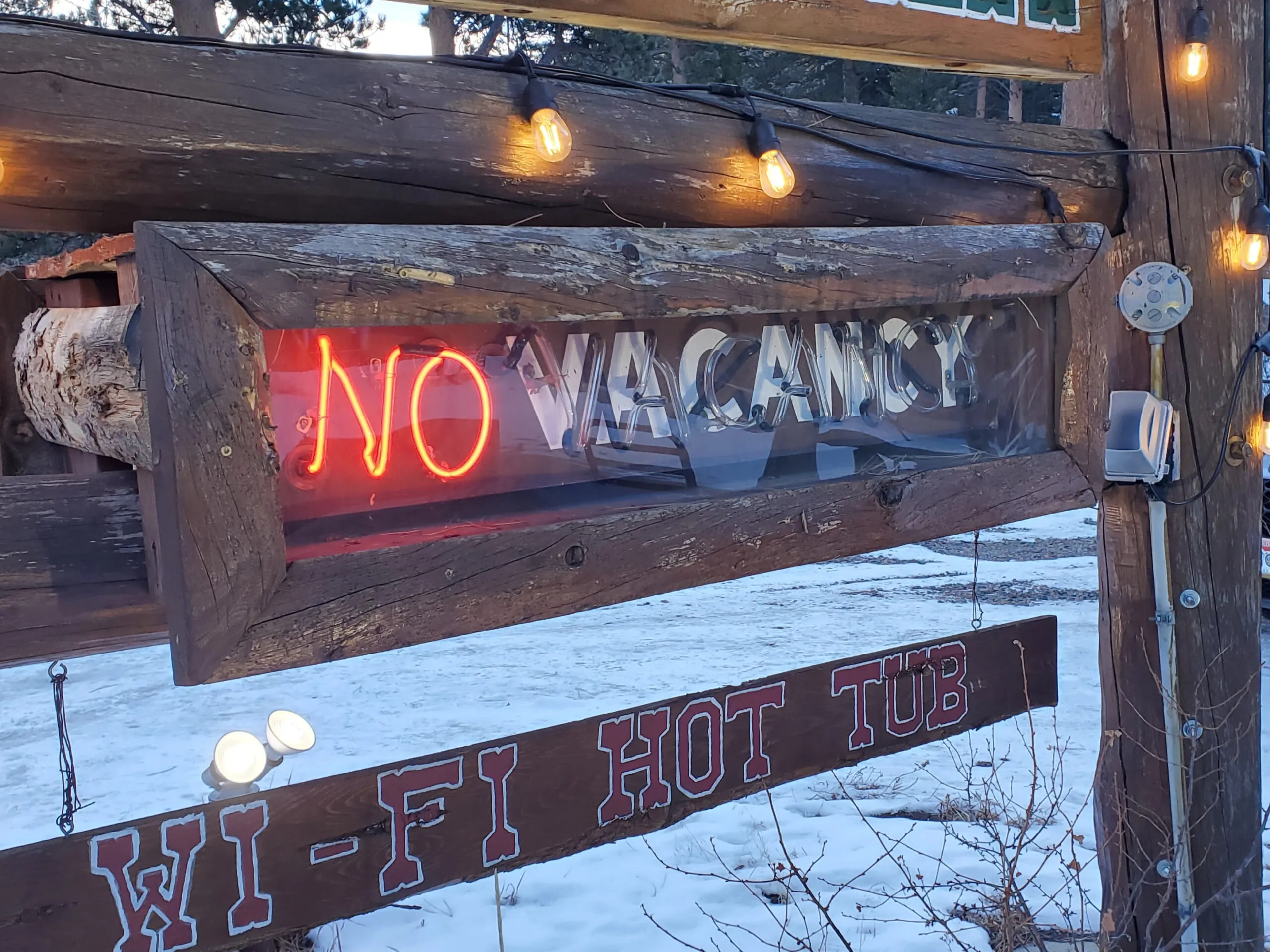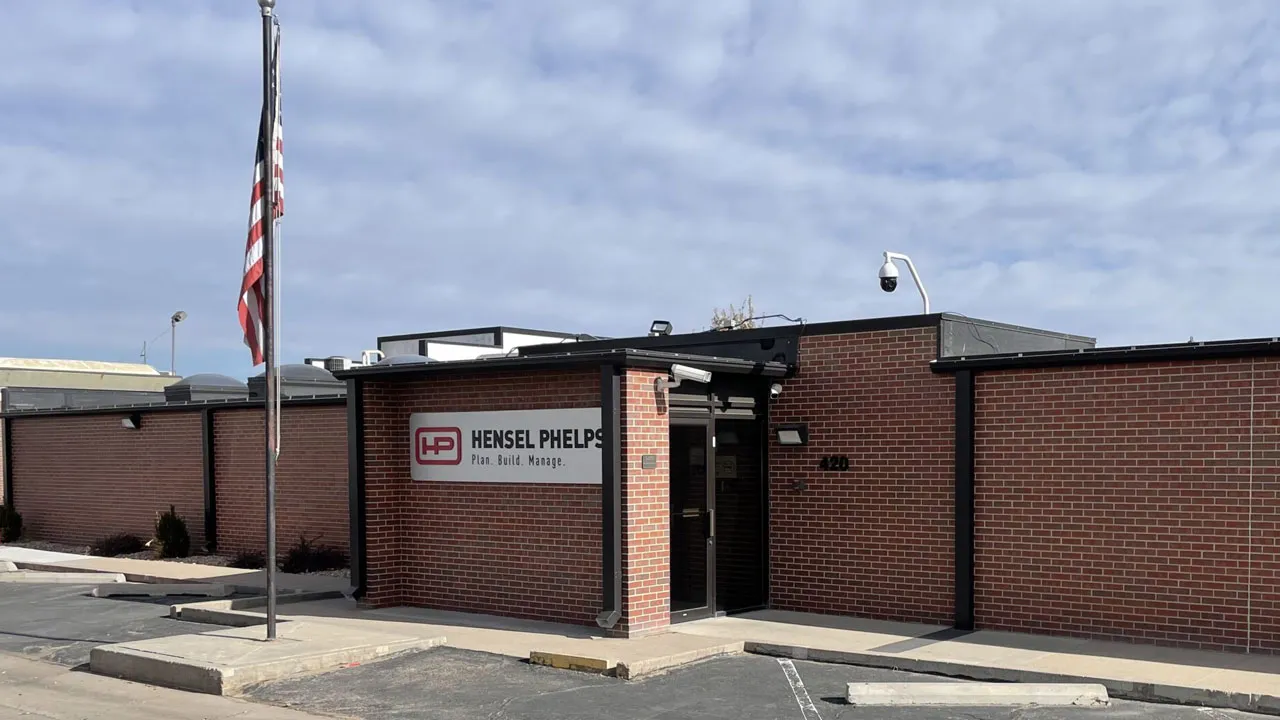Commercial construction poised for recovery

While most American industries face challenges in recovering from the COVID-19 pandemic, commercial construction in Northern Colorado appears poised to come back quickly, said industry and lending experts.
“There’s going to be a flood of work; right now is the calm before the storm,” said Jeff Laird the senior vice president and team lead for the Sunflower Bank Construction Trades Group, headquartered in Broomfield. “We’re primarily preparing — them (the general contractors) and ourselves — for when those floodgates open. We’re telling them not to take on too much cheap work now.”
Laird said that while the second quarter of this year…
THIS ARTICLE IS FOR SUBSCRIBERS ONLY
Continue reading for less than $3 per week!
Get a month of award-winning local business news, trends and insights
Access award-winning content today!




